Only two days into December, leading new energy vehicle manufacturers have already released the delivery data for November. It can be seen that everyone performed very well this month, and now we will look at the rankings by brand, without distinction.
Li Auto
In November, Li Auto delivered a total of 4,646 ONE vehicles, a month-on-month increase of 25.8% from October, and has set a new record every month since July.
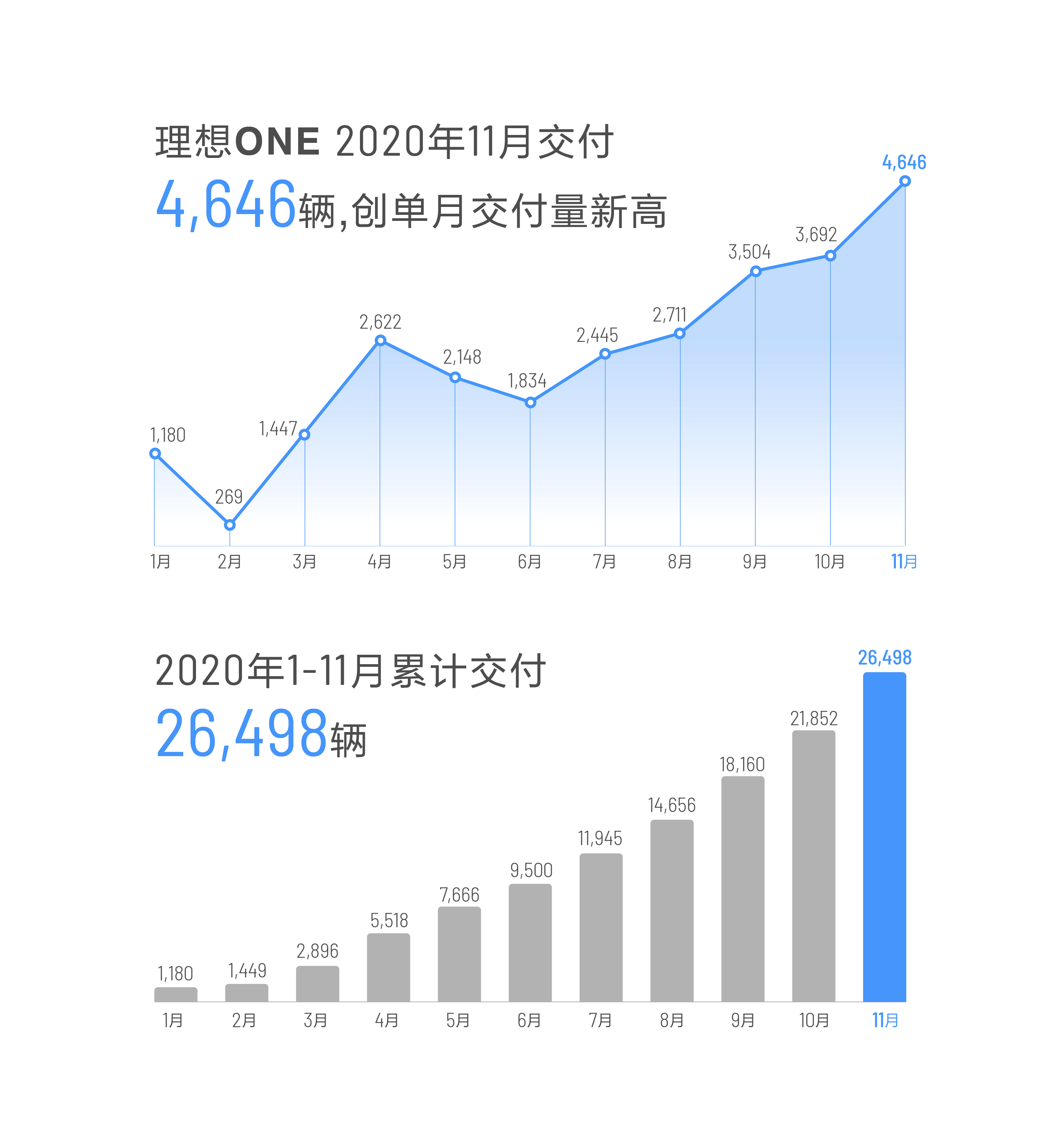
As of November 30th, Li ONE has delivered a total of 26,498 vehicles in 2020, with only 3,502 vehicles needed to achieve its annual goal of 30,000 units. It is very easy for Li Auto to achieve this goal before the end of the year.
While announcing the sales volume data, Li Auto revealed that the production volume of Li ONE has exceeded the milestone of 5,000 units in November, and more importantly, the orders in November exceeded the production volume of the month.
The monthly sales volume of Li ONE has surpassed 5,000 units, not only becoming the champion of monthly sales volume among new energy vehicle manufacturers with a single model, but also representing a successful example of Li Auto’s strategy of creating hot-selling products and a success of the “range extension” driving form.
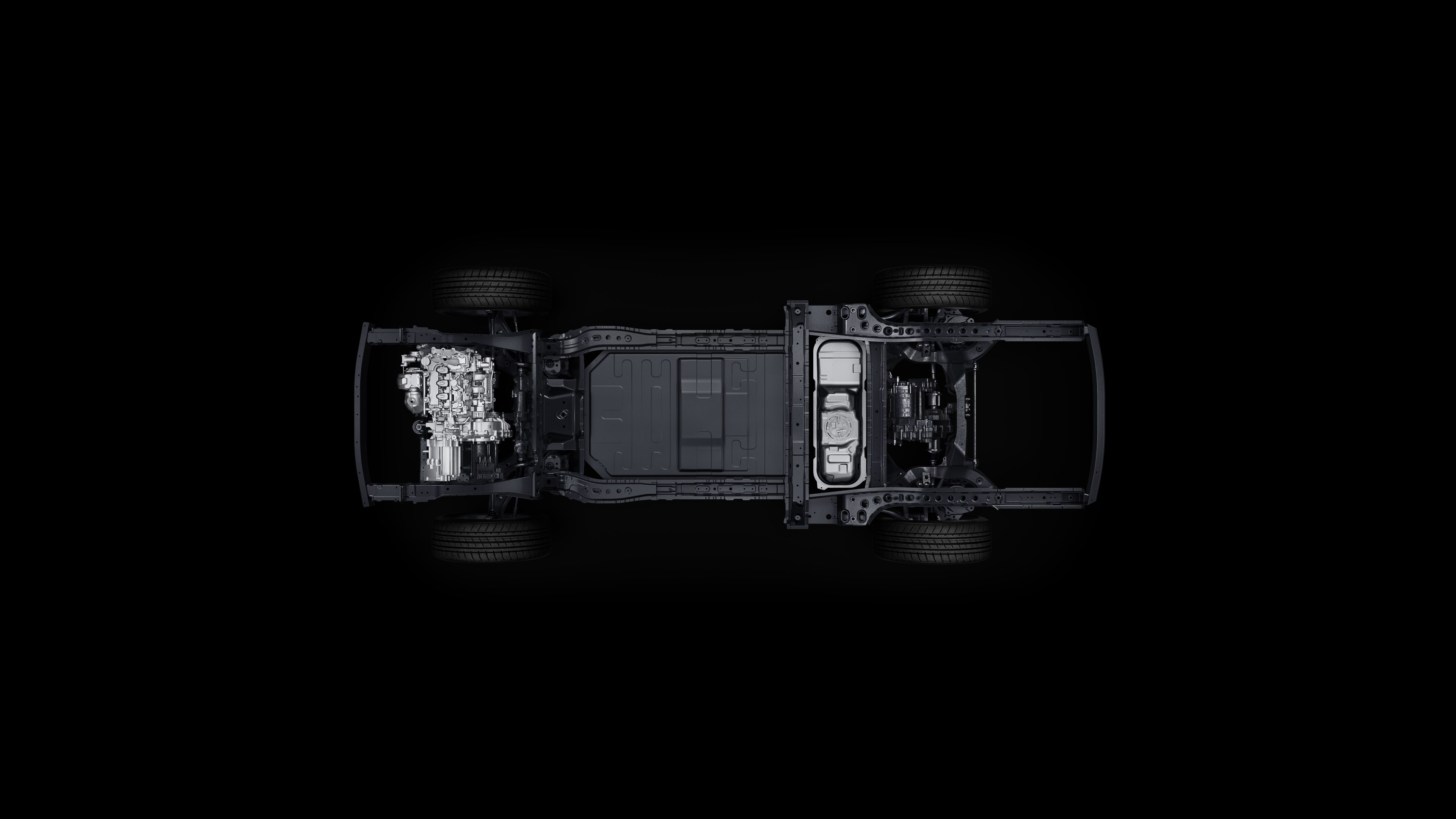
As the sales volume of Li ONE gradually increases, we can also see more and more “range extension” players entering the market.
Although Li Xiang himself stated in a conference call that Li Auto would only consider a pure electric solution after the 400 kW fast charging technology matures in the industry, the solution of big batteries and range extension is gradually educating users to accept pure electric vehicles in another way.
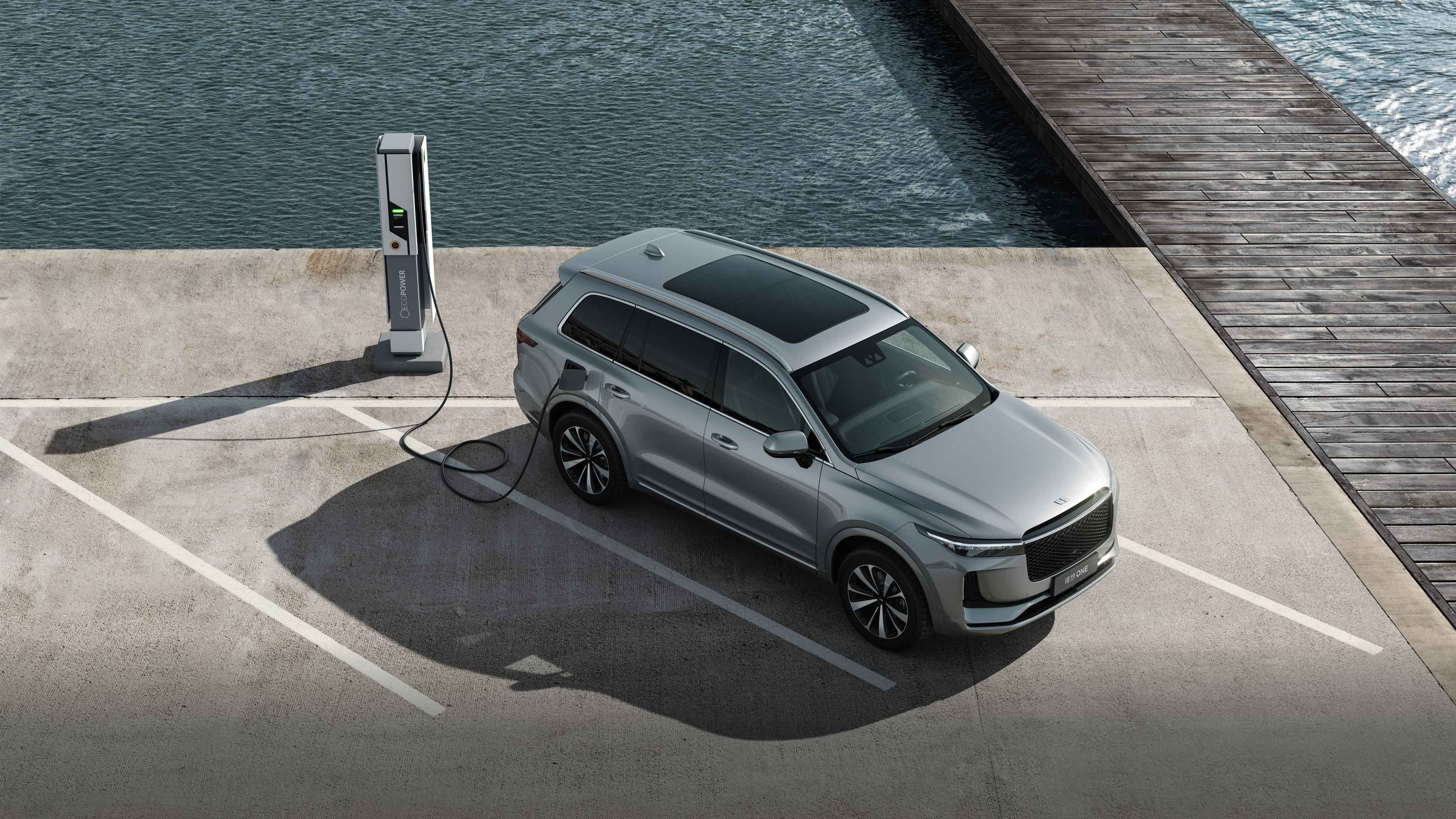
Finally, it is worth noting that as of November 30th, Li Auto has opened 45 retail centers in China, covering 38 cities; with 97 aftersales and repair centers and authorized body spray centers covering 72 cities throughout the country.
NIO
In November, NIO delivered a total of 5,291 vehicles, including 1,518 EC6, 2,386 ES6, and 1,387 ES8. The monthly delivery volume increased by 4.67% month-on-month, ranking the highest among all new energy vehicle manufacturers.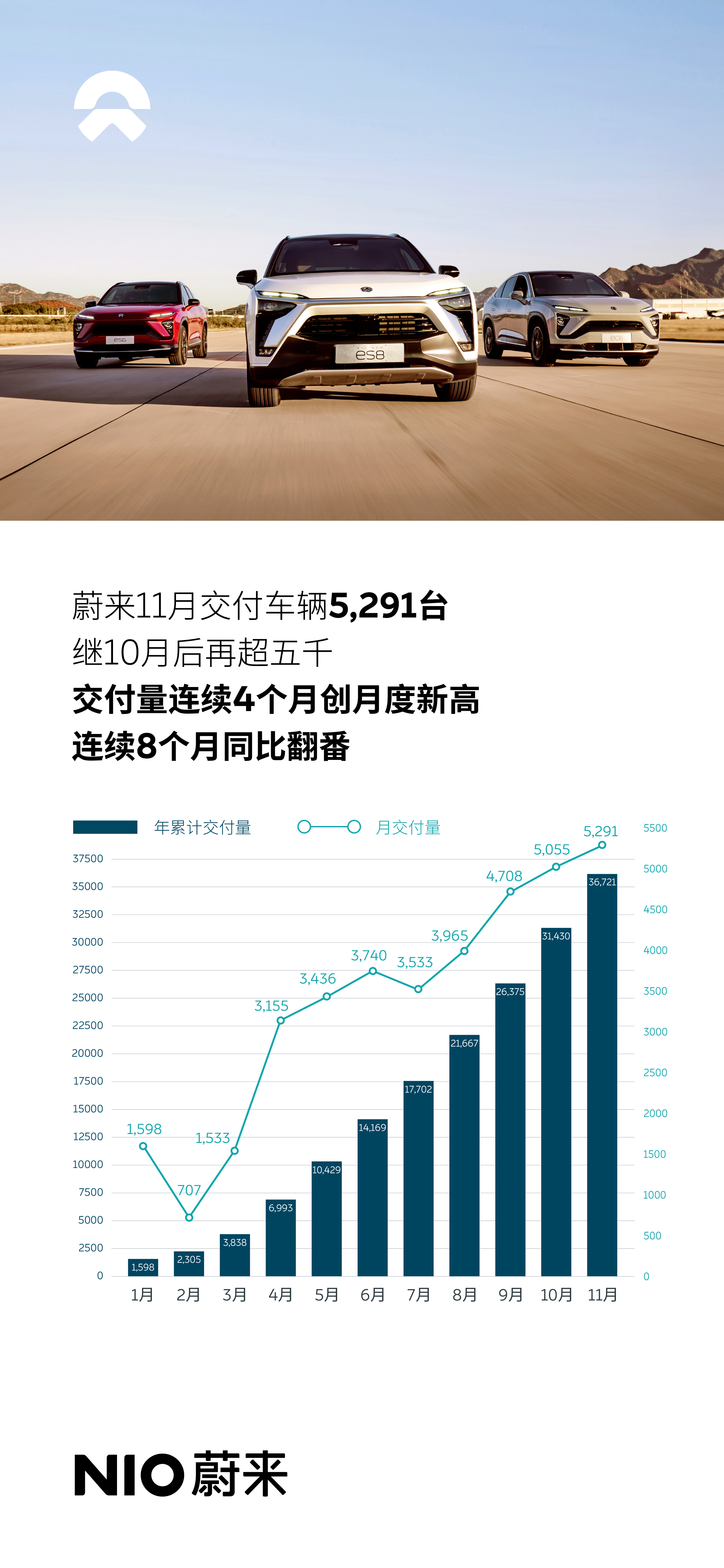
The growth rate has slowed down, but according to NIO’s disclosed information, the bottleneck lies in production capacity. Therefore, Li Bin also mentioned during the third quarter conference call this year that the full supply chain capacity is expected to increase to 7,500 vehicles per month in January next year to meet the demand for order growth.
In addition, NIO revealed that the proportion of users who chose BaaS in their orders in November reached 35%.
It is good news that NIO’s monthly delivery volume continues to rise, with about 5,000 new vehicles added every month. However, the number of battery swap stations is increasing too slowly at this stage. More and more users have expressed in WeChat groups and official apps that they are queuing longer for battery swap and the waiting times are getting longer.
Therefore, while the delivery volume is increasing rapidly, the layout speed of the NIO battery swap stations also needs to be increased accordingly.

In comparison, after Tesla’s monthly sales stabilized at more than 10,000 vehicles, the construction of supercharging stations also increased accordingly.
Finally, let us also add a few facts.
As of November 30th, NIO has delivered a total of 36,721 vehicles in 2020 under the brand, and a total of 68,634 vehicles have been delivered since the first delivery in June 2018.
As of November 30th, NIO has opened 189 stores across the country, including 22 NIO Centers and 167 NIO Spaces, covering 111 cities nationwide.
XPENG Motors
XPENG Motors was the first new automaker to announce its delivery volume, and its results were naturally very impressive.
In November, XPENG Motors delivered a total of 4,224 vehicles, breaking through the 4,000 vehicle mark for the first time. Among them, P7 delivered 2,732 vehicles, a 30% MoM growth, and G3 delivered 1,492 vehicles, a 59% MoM growth.
As of November 30th, XPENG Motors has delivered 21,341 vehicles in 2020, and P7 has delivered a total of 11,371 vehicles since its first delivery at the end of June.
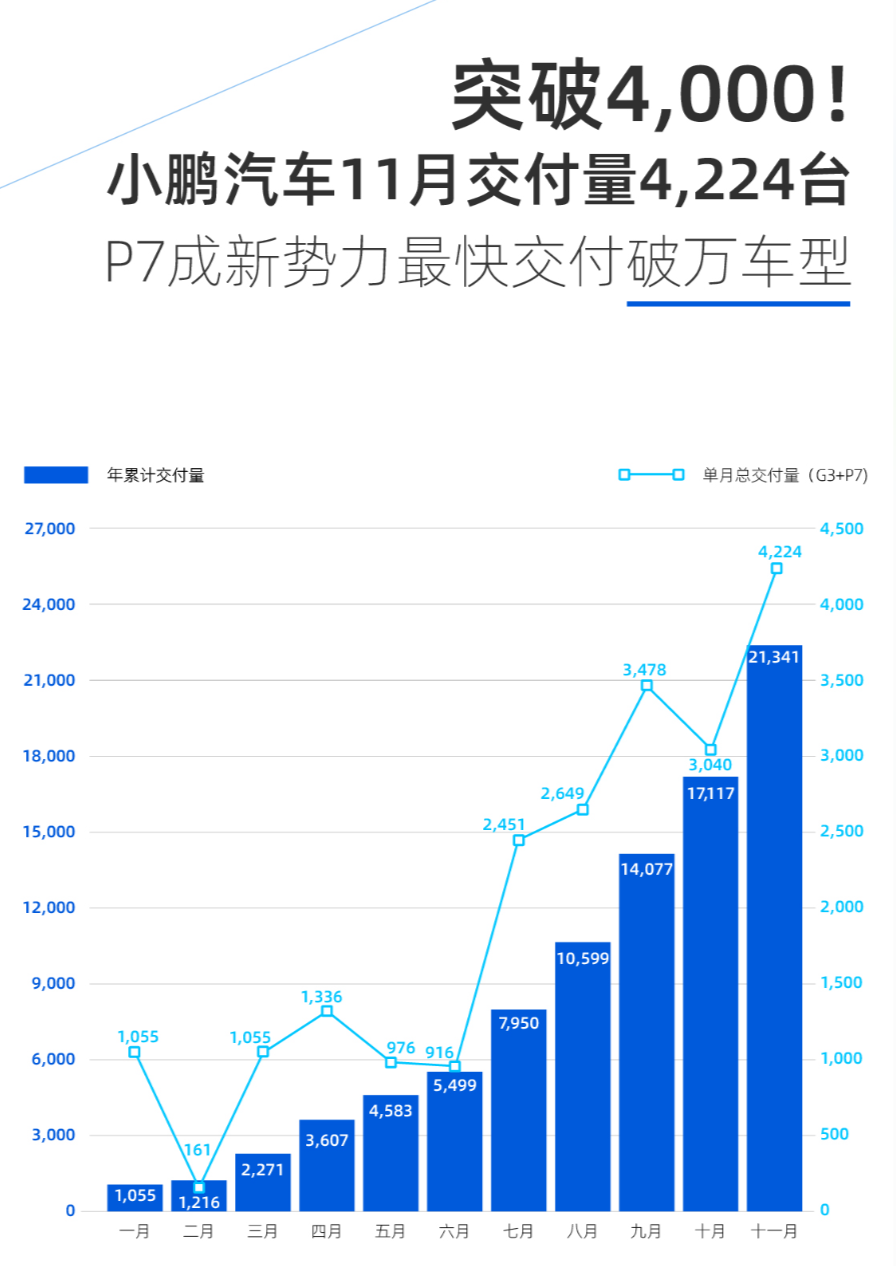
Looking at last month’s data, we were worried that XPENG’s delivery volume would start to decline after its backlog of P7 orders was depleted. It turns out that we were overthinking, and the release of the brand new assisted driving hardware at the Guangzhou Auto Show has clearly had no impact on XPENG’s current sales.It is pleasing to see that, while offering a free charging policy, XPeng Motors (XPeng) has been increasing its investment in the construction of supercharging piles. As of November 30th, the number of self-built supercharging piles has exceeded 500.
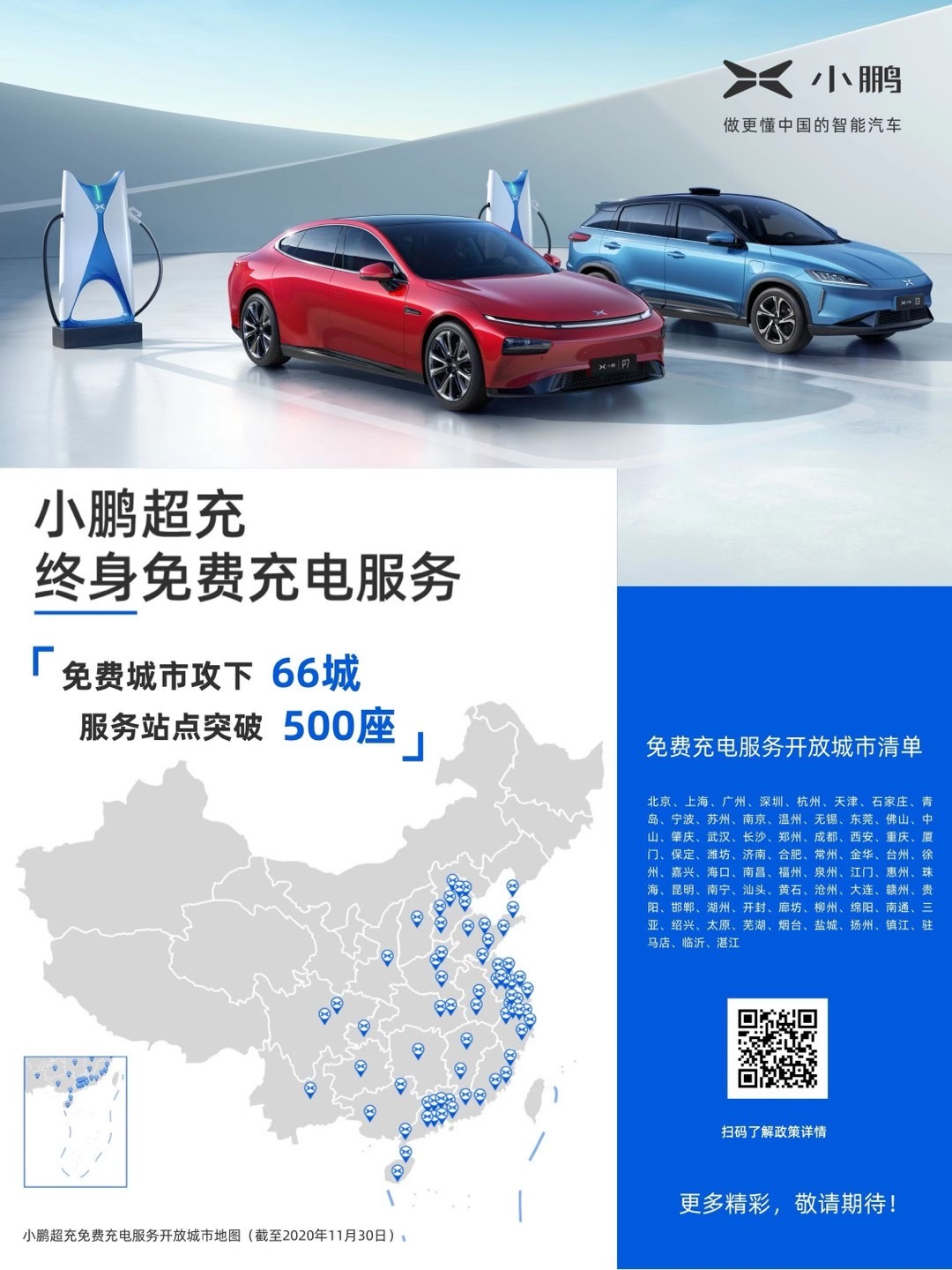
In March 2020, Tesla Model 3 sold over 10,160 units, while the total delivery volume of the three new forces of automobile manufacturing was only around 1,000-1,500 units, adding up to a total of 4,035 units, less than half of Tesla’s sales.
Last month, Tesla’s sales reached 12,143 units, fluctuating between 10,000-15,000 units since March. However, the sales of the new forces of automobile manufacturing continued to increase during these months. In November, the total delivery volume of the three new forces of automobile manufacturing reached 14,161 units, which is very close to the delivery volume of Tesla Model 3 in China.
This not only means that the new forces of automobile manufacturing in China are gaining more recognition, but also indicates that the new energy vehicle market in China is continuously expanding.
What would be the situation after the Model Y is domestically produced next year? 2021 is also a year full of expectations.
This article is a translation by ChatGPT of a Chinese report from 42HOW. If you have any questions about it, please email bd@42how.com.
